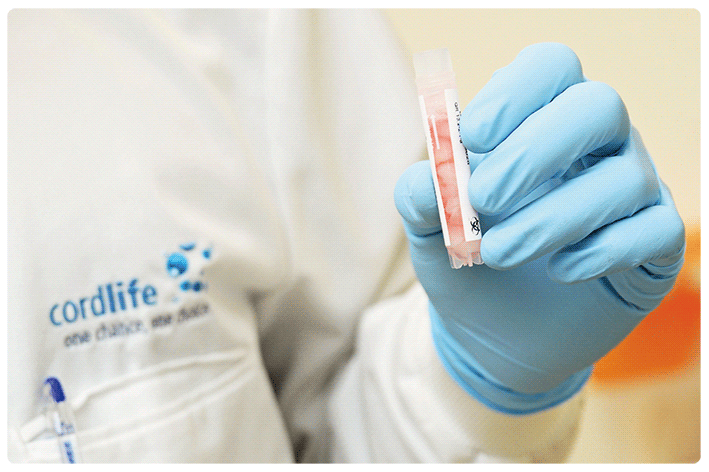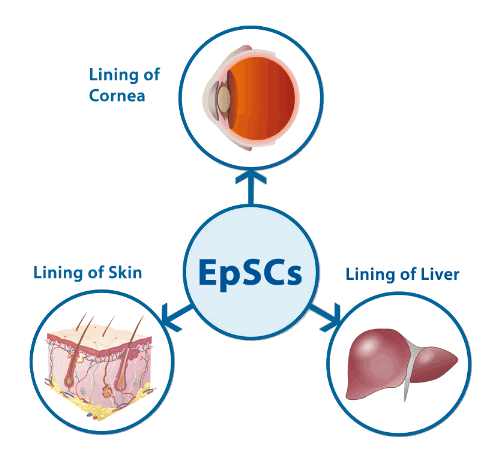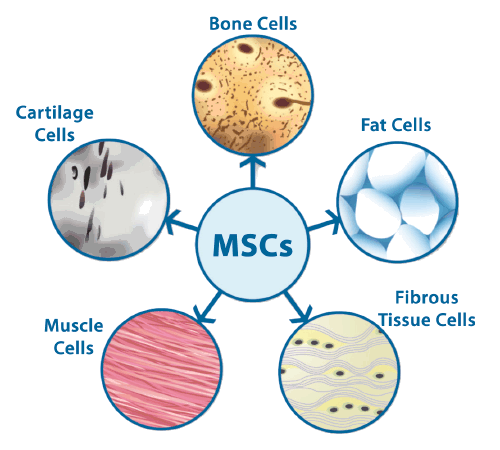What is Umbilical Cord?
The umbilical cord is the connecting cord from the developing fetus to the placenta which allows blood to carry oxygen and nutrition to the baby in the womb. After the baby is delivered, the umbilical cord is cut and normally discarded with the placenta as medical waste until researchers became aware of its medical potential.
Along with banking the umbilical cord blood itself, families now have the option to also bank a section of the actual tissue that makes up the umbilical cord. Umbilical cord lining is the membrane that covers the umbilical cord. As with cord blood, the collection process for cord lining is fast, easy, and painless

What are Cord Lining Stem Cells?
Cord Lining contains a high numbers of Epithelial Stem cells (EpSCs) and Mesenchymal (MSCs) stem cells which have shown immense potential in aiding the repair of injured tissues and organs and the treatment of various diseases. EpSCs form the soft tissues that connect, support, or surround other structures and organs of the body including cornea, skin, and liver. MSCs are the building blocks of structural tissues of our body such as bone, cartilage, muscle, fibrous tissues and fat. Scientist believe that the cord lining also contains other types of cells which may be useful but have yet to be discovered.







Follow Us